Why 98% of Your Interested Customers Never Buy: Fixing Creator Conversion Funnels
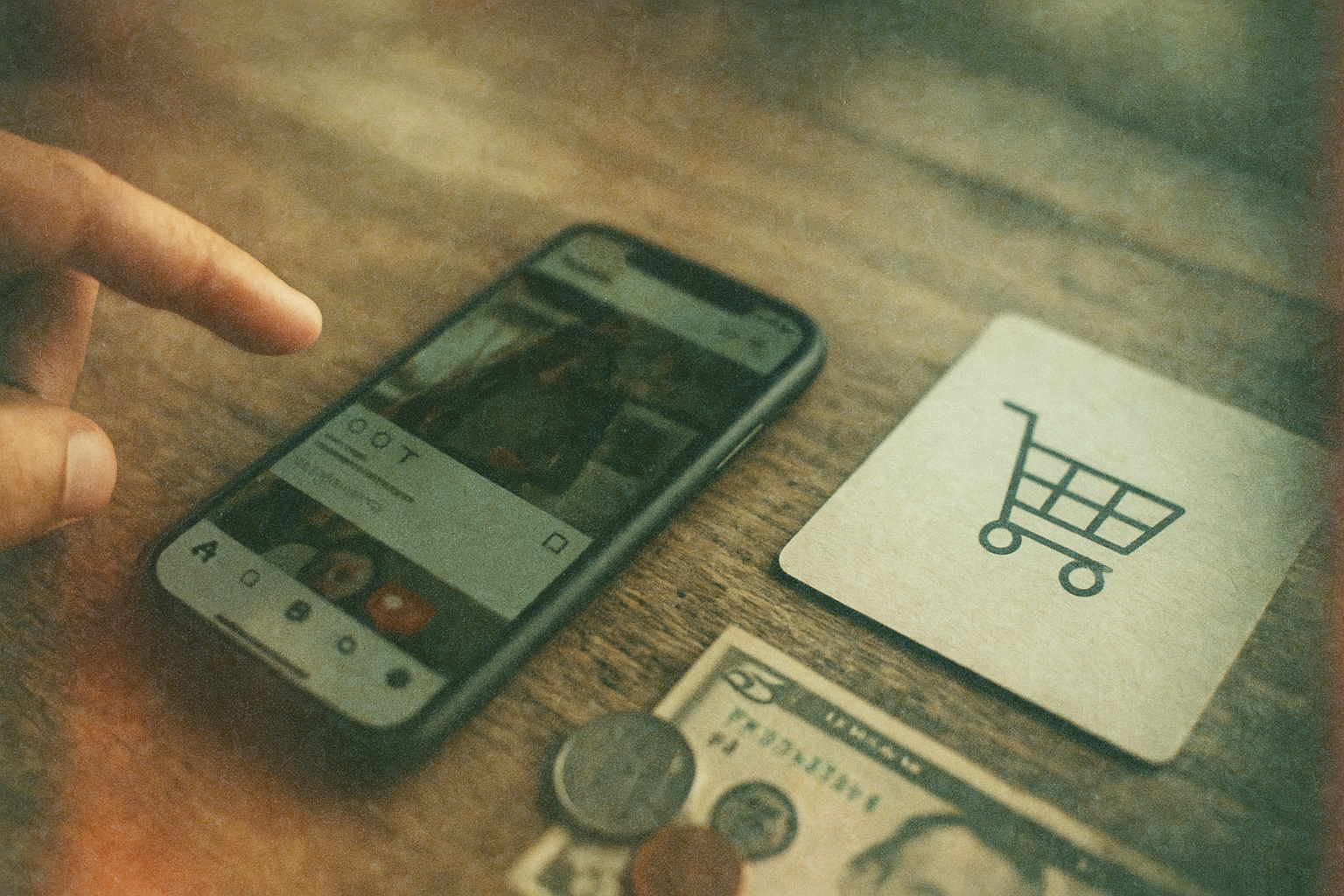
You see a post from a creator you follow, someone whose judgment you trust about coffee makers or running shoes or whatever niche interest brought you to their content in the first place. They're holding a product, talking about why they love it, and you think: okay, maybe I do need that. You tap their profile, scroll past the grid of posts looking for the bio, find the link and tap it. It opens a landing page with twelve other links and you're trying to remember which product they were just talking about. Pick one, hope it's right, wait for the page to load. You scroll. The certainty you felt thirty seconds ago is evaporating. You close the app.
This happens roughly 98.92% of the time someone sees creator content and feels that initial spark of interest, because the traditional "link in bio" approach converts at 1.08%, which isn't a mystery or a problem to solve so much as it is the inevitable result of asking people to complete nine separate steps when they're lying in bed scrolling through their phone trying to avoid thinking about tomorrow.
Here's how different conversion methods compare:
| Conversion Method | Performance |
|---|---|
| Link in bio | 1.08% conversion rate |
| Shoppable posts with UGC | 80% lift vs. posts without UGC |
| YouTube end screens with creator content | 45% lift vs. brand content |
| TikTok general discovery | 40% immediate purchase rate |
| TikTok Live video | 50% immediate purchase rate |
| Automated DMs | Significantly higher than link in bio |
The brands paying creators wonder why their conversion rates are terrible. The creators wonder why brands keep asking for the same ineffective tactics. And somewhere between those two groups, the platforms are quietly offering better solutions that almost nobody uses because we've all decided that "link in bio" is just how this works, even though the data has been screaming at us for years that it doesn't.
Why Your Current Approach Fails
Every step in the conversion process loses people. Here's the actual journey from interest to purchase:
- You post
- They see it
- Interest flickers
- They remember to check your profile later
- Hunt for your link among everything else in your bio
- Tap it and wait for the page to load
- Figure out which product you were talking about
- Navigate to the right page
- Decide whether to actually buy
Users drop off at rates between 1% and 3% at each of these steps, which means that by the time someone actually gets to your product page, you've lost most of the people who were genuinely interested three minutes ago when they saw your post.
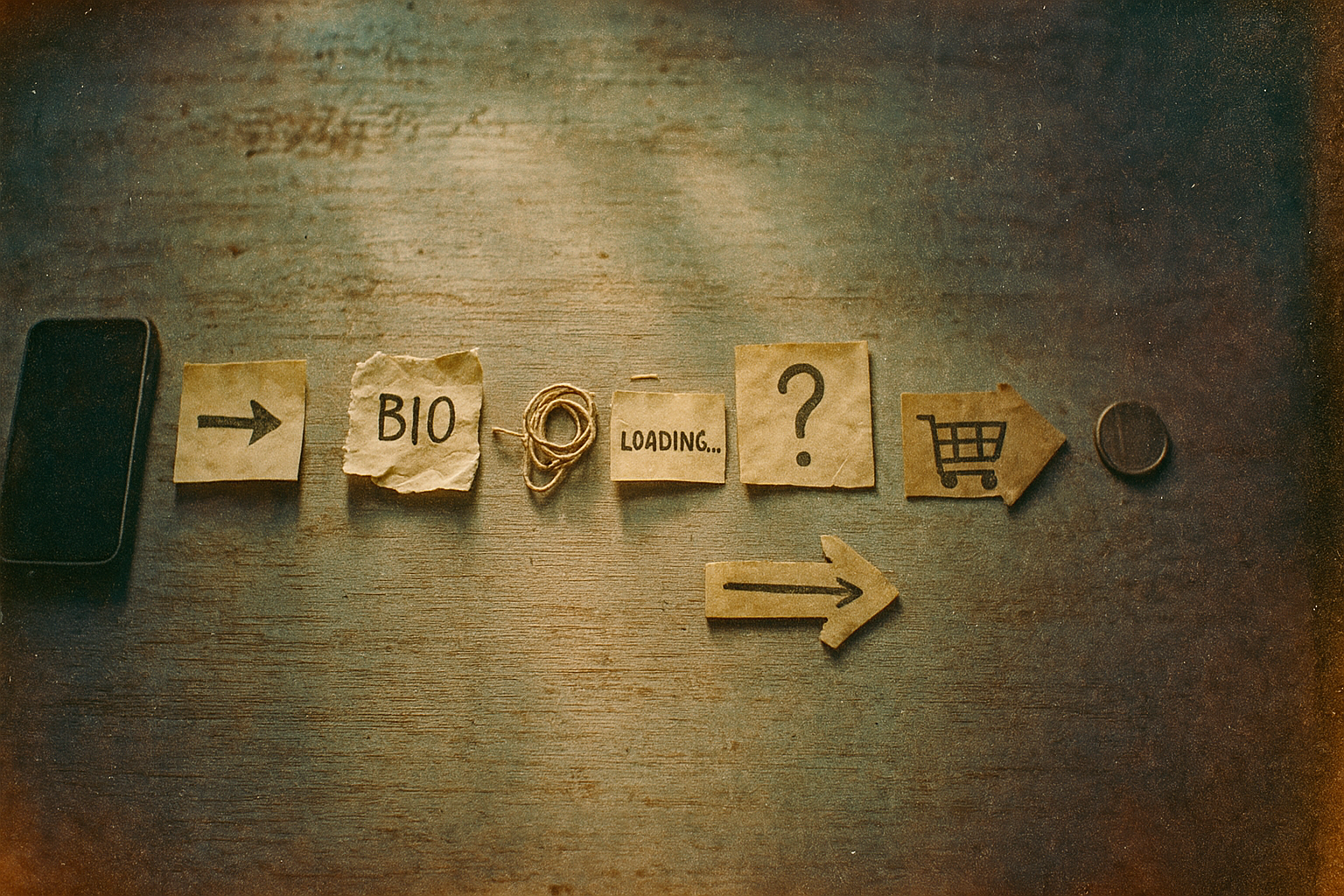
The platforms design their interfaces to keep people scrolling, not to funnel them toward external websites where they might spend money that the platform doesn't get a cut of. Every major platform operates on the same principle: keep users inside the walled garden. Every click that takes someone away from the platform is a click the algorithm will quietly, methodically discourage, not through explicit blocking but through the subtle mathematics of what gets shown to whom and when.
The mobile context makes everything harder. People are scrolling with one hand while holding coffee, standing on trains, half-watching TV, and you're asking them to context-switch from entertainment mode to shopping mode, to remember what they saw long enough to hunt for your link, to make a purchase decision in an environment designed for distraction. The friction isn't a bug in the system, it's the system working exactly as designed, just not designed for conversions.
Automated DMs: Reducing Friction at the Point of Interest
A creator posts a video about a product. Someone comments "where can I buy this?" or drops an emoji or types "link?" and immediately, within seconds, a direct message appears in their inbox with a clickable link that takes them directly to the product page. Profile hunting becomes unnecessary. Link tree navigation disappears. The nine-step journey that loses 99% of interested people before they reach the actual product gets compressed into one tap.
The conversion rates on automated DM systems run higher than traditional link-in-bio approaches, though the exact numbers depend on implementation and platform and whether the automation feels helpful or intrusive, which is a narrower line than most people think. The personalization matters even though everyone involved knows a bot sent it, even though the creator probably didn't write the message, even though the whole interaction is manufactured by someone who set up a trigger and walked away. It works because it reduces friction at the exact moment someone has expressed interest, giving them what they want before they have time to forget they wanted it.
The infrastructure exists through platforms like ManyChat, which has been building these tools for years and recently launched a TikTok beta specifically for this use case. The technology isn't complicated, but it does require brands to think about creator partnerships differently, to give creators the tools they need rather than just asking them to post and hope for the best with a link in bio that converts at rates that would get any other marketing channel shut down immediately.
The risk is coming across as spammy, as too automated, as caring more about the sale than the relationship. Which is true, technically, but so is every other form of creator marketing, we've just gotten better at pretending otherwise. The key is making the automation feel responsive rather than pushy, helpful rather than desperate, like the creator anticipated your question rather than a bot firing because you typed three characters.
Shoppable Posts and Why Platforms Finally Care About Commerce
The platforms have spent years building shopping infrastructure because they watched billions in commerce happen based on content created on their platforms but completed on external websites, and they wanted a percentage. Instagram Shopping launched in 2018. TikTok Shop went live in 2023. YouTube added shopping features in 2020. Every platform now has shoppable posts and commerce integrations that keep people inside the walled garden where the platform can track everything and take their cut.
Shoppable posts with user-generated content convert 80% more than posts without it, which makes sense if you think about what actually persuades someone to buy something: seeing a person they trust using a product in a context that feels real, and then being able to tap directly on that post to buy it before the moment passes, before they scroll to the next thing, before the interest evaporates.
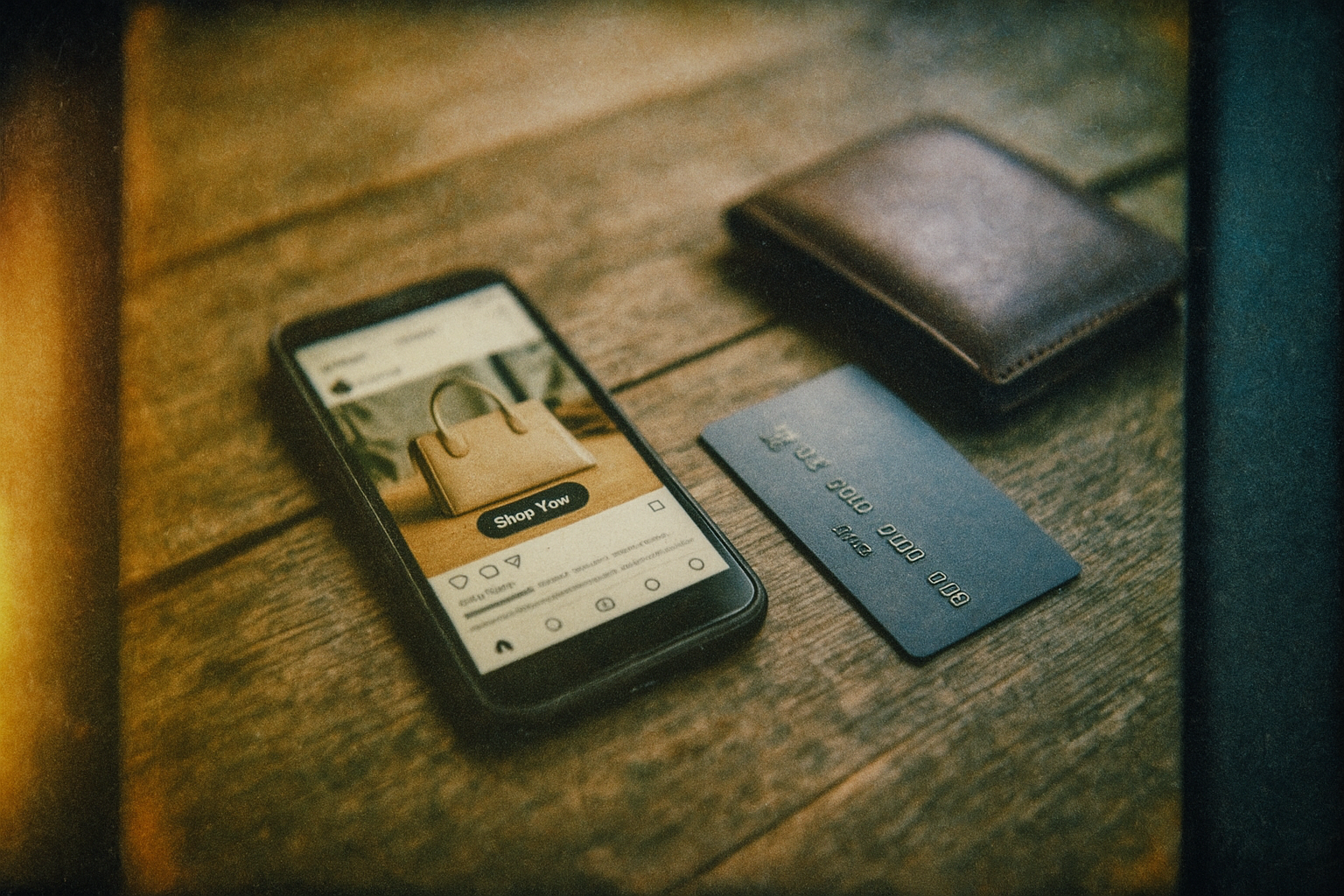
The platforms take their cut where they can. TikTok Shop charges 2-8% commission depending on product category plus payment processing. Facebook charges 5% per shipment or a flat fee for smaller orders. Instagram discontinued its native checkout in 2022 and now routes through partner platforms like Shopify. YouTube doesn't charge commission on tagged products. The math becomes: do you lose more money to platform fees (where they exist) or to the 98% of interested people who never convert because you made them leave the app?
Each platform has found its commerce niche. Instagram Shopping works best for visual products where the appeal is immediate and aesthetic. TikTok Shop excels with products that benefit from demonstration or explanation, where watching someone use the thing creates the desire to own it. YouTube's shopping features serve products that require trust and authority, where people have invested enough time watching a creator that they're ready to believe their recommendations. The platforms aren't interchangeable, despite what the social media managers trying to cross-post everything want to believe.
The Live Video Advantage Nobody Expected
Forty percent of TikTok users who discover a product on the platform make an immediate purchase, which already sounds high until you look at live video, where that number jumps to 50%, meaning that half of everyone watching a TikTok live stream where someone is selling something will actually buy that something before the stream ends, which is a conversion rate that would make any direct response marketer weep with envy.
Live video creates urgency without having to manufacture it through countdown timers or artificial scarcity. The stream is happening now. The creator is there now. The limited-time discount or the demo or the Q&A is happening in this moment and if you leave you'll miss it. The format forces presence in a way recorded content never can, and presence creates the psychological conditions where buying feels less like a transaction and more like participating in an event.
The personality matters more in live formats. You're watching someone talk for thirty minutes or an hour, seeing them fumble with products, answer questions in real-time, deal with technical issues, be more human than the polished fifteen-second clips that fill the rest of the feed. That unpolished quality builds trust faster than any amount of professional production value, which is why the most successful live selling events often feel chaotic and improvised even when they're actually carefully planned.
This isn't just for mega-influencers with millions of followers. Small creators doing live streams to a few hundred people can see conversion rates that dwarf their recorded content, because the intimacy of a small audience creates the kind of parasocial connection that makes people feel like they're buying from a friend rather than being marketed to by a stranger. The platforms know this, which is why they're all pushing live features, offering bonuses and priority placement to creators who go live regularly, trying to capture this format that converts better than anything else they've seen.
YouTube's Different Intent Problem (Which Is Actually an Opportunity)
YouTube end screens and cards lift conversions 45% for brands using creator content instead of their own polished marketing materials, and the reason has less to do with the end screens themselves and more to do with why someone is on YouTube in the first place. They came to watch something. They decided to invest 8 or 15 or 30 minutes of attention in a video. They're in a different mental state than someone scrolling TikTok or Instagram, where content is ambient and disposable and you're never more than a swipe away from something else.
That invested attention makes people more receptive to recommendations that appear at the end of a video they chose to watch completely. The creator just spent ten minutes teaching them something or entertaining them or helping them solve a problem, and now there's a card suggesting a related product or video. The trust is already established. The context is already set. The recommendation feels like a natural extension of the content rather than an interruption, even though it's still an ad, still trying to sell something, still fundamentally a commercial transaction dressed up as helpful suggestion.
The placement matters. Cards that appear too early feel like the creator is rushing to the pitch. End screens that show up with five seconds left don't give people enough time to decide. The ideal window seems to be between 30 seconds and two minutes before the video ends, after the main content is complete but before people have already started clicking away to watch the next thing.
YouTube works best for products that require explanation or education, where the format allows for depth that other platforms can't provide. Someone searching "best laptop for video editing" is in a different mindset than someone scrolling past a 15-second clip of someone unboxing a laptop. The intent is explicit, the attention is committed, and the conversion opportunity is built into the reason they came to the platform at all.
The Full-Funnel Approach Nobody Wants to Hear About
On, the Swiss sportswear company, used TikTok to launch the Cloudmonster 2 shoe and the results were: 7.7% product awareness uplift, 7.9% conversion lift, 75% increase in total incremental conversions compared to their previous TikTok campaigns. They achieved this by doing something that sounds obvious but that most brands refuse to do because it requires patience and strategy rather than just paying creators to post: they mixed upper-funnel content for brand discovery with always-on performance campaigns, combined user-generated content with brand assets, adapted messaging for different funnel stages, and measured the whole thing with unified lift studies instead of trying to attribute every sale to a single touchpoint.
TikTok's internal studies suggest this approach yields double or triple the conversions versus pure performance campaigns that just try to push people toward immediate purchase without building any awareness or consideration first. The problem is that building awareness doesn't show immediate ROI in the dashboard, doesn't produce the kind of clean attribution that makes finance teams happy, doesn't allow you to point at a single post and say "that one generated X sales."
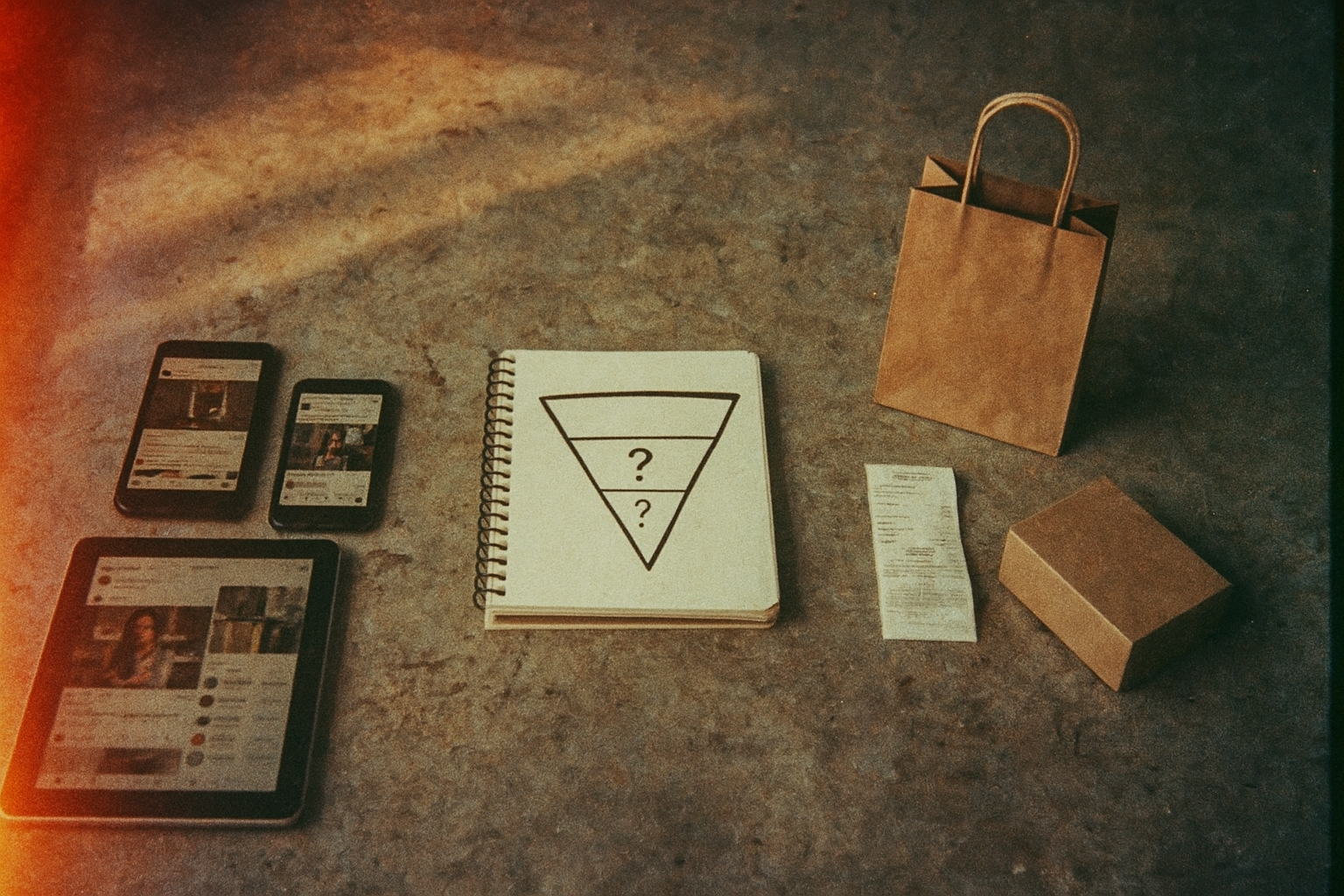
The full-funnel approach requires accepting that some content exists to introduce people to your brand, some content exists to educate them about why your product matters, and some content exists to convert them when they're finally ready. Most brands want every piece of content to do all three things at once, which means it does none of them particularly well, which is why they see mediocre results and blame the creators or the platform instead of the strategy.
Upper-funnel content on TikTok might be creators using your product in native ways that show its benefits without explicit selling. Mid-funnel content might be more detailed reviews or comparisons that help people understand why your product is different. Lower-funnel content might be live videos with limited-time offers or shoppable posts that remove all friction from the purchase. The same creator can produce content at different funnel stages. Different creators can focus on different stages. The platforms give you the tools to target and measure each stage separately if you're willing to think beyond "how many sales did this post generate."
Making Tactical Decisions That Actually Make Sense
Platform performance varies dramatically based on how they're designed and what user behavior they encourage:
| Platform | Link Engagement Rate | Key Strength |
|---|---|---|
| TikTok (small creators) | 30.1% | Highest engagement, discovery-focused |
| Instagram (small creators) | 1.8% | Visual products, shoppable posts |
| YouTube (creator content) | 45% lift vs brand content | Trust, education, long-form |
| TikTok Live | 50% immediate purchase | Urgency, real-time interaction |
Use TikTok for products that benefit from demonstration or discovery, especially when targeting creators under 100,000 followers who haven't yet become too polished and whose audiences still engage at rates that larger creators can't match. The platform's link engagement rate of 30.1% for smaller creators versus Instagram's 1.8% isn't a rounding error, it's the difference between a tactic that works and a tactic that wastes money.
Instagram works for visual products where aesthetics matter more than explanation, where the appeal is immediate and the brand has invested in shoppable posts that let people buy without leaving the app. Fashion works. Beauty works. Home goods work. Complex B2B software does not work, no matter how many lifestyle photos you take of people using laptops in coffee shops.
YouTube serves products that require trust and education, where the purchase decision involves research and comparison and the kind of invested attention that only long-form video provides. The audience is older, more affluent, more willing to watch a 20-minute review before making a decision. The conversion rates are lower but the average order values are higher and the customers who come through YouTube tend to be more committed because they've already done the research.
Match the tactic to the product type. If your product is under $50 and the value proposition is obvious from looking at it, use shoppable posts and optimize for impulse purchases. Products over $200 that require explanation do better on YouTube with creators who can provide that explanation credibly. Anything that benefits from live demonstration or creates urgency through limited drops belongs on TikTok Live, though you're competing with every other brand that discovered this tactic works.
Creator size matters differently depending on the tactic. Automated DMs work better with micro-creators whose audiences are small enough that personalized (even if automated) outreach feels special rather than spammy. Shoppable posts work across all creator sizes but the conversion rates correlate more with audience engagement than follower count. Live video demands creators who can maintain energy and personality for extended periods, which has nothing to do with their follower count and everything to do with whether they're comfortable performing in real-time.
The decision tree isn't complicated once you stop trying to make every tactic work for every situation: What platform is your audience actually using? What does your product require to convert someone from interested to purchased? What's your budget for both creator payment and platform fees? Can you track conversions accurately enough to know what's working? Are you willing to invest in full-funnel strategy or do you need immediate ROAS?
What This Actually Means for Your Next Campaign
The platforms will keep changing their features and their fees and their algorithms, trying to capture more of the commerce happening because of content created on their platforms. The creators will keep adapting to whatever tactics the platforms reward, which means that what works today might not work in six months when TikTok decides to prioritize a different content format or Instagram changes how shoppable posts appear in the feed.
But the underlying mechanics of conversion don't change as fast as the platforms do. Reduce friction wherever possible. Meet people where they are instead of asking them to go somewhere else, make recommendations in contexts where they feel helpful rather than intrusive, build enough trust that a purchase feels like a natural extension of the relationship rather than a violation of it. Test multiple tactics because what works varies by product and platform and audience and a dozen other variables that won't be the same for you as they were for the last brand you read a case study about.
The opportunity exists for brands willing to think tactically instead of just paying creators to post and hoping for the best. The data is clear about which tactics work and which don't. The platforms provide tools that didn't exist two years ago. The creators want partnerships that actually convert because it makes them more valuable to other brands and creates sustainable income instead of one-off posts that go nowhere.
Whether you can actually execute on any of this while maintaining the authentic relationships that make creator partnerships work in the first place, that's the harder question. You can learn the tactics. You can navigate the platforms. The math works if you do the math. What doesn't scale is the human judgment required to know when automation feels helpful versus when it feels exploitative, when native commerce improves the user experience versus when it just makes the platform more money, when full-funnel strategy serves your actual business goals versus when it's just a way to justify spending more money on marketing that doesn't convert.
Creators are waiting for brands to figure this out. Platforms are ready to take their cut. Finance teams want better conversion rates. And somewhere in the gap between what everyone wants and what actually works is the narrow path where creator partnerships generate real returns instead of just generating content that everyone agrees looks good but doesn't change any of the numbers that actually matter.
I started paying attention to conversion tactics because a client showed me their creator campaign metrics and asked why engagement looked great but sales didn't match. They had five creators posting regularly. The content looked professional. Comments were positive. And the conversion rate was 1.2%, which meant that out of every hundred people interested enough to engage with the post, one person bought something.
The problem wasn't the creators or the content. It was that every single partnership ended with "link in bio," which meant asking interested people to complete seven steps before they could buy, losing 98% of them along the way, and then wondering why conversion rates were terrible.
So I started digging into what actually works. Island Pitch's research on DM automation. The TikTok case studies showing 50% conversion rates on live video. eMarketer's data on why TikTok's link engagement is 1,570% higher than Instagram. Platform-specific conversion benchmarks that showed exactly where the friction was happening and how to remove it.
What I found was a gap between what brands think they should do (pay creators to post with link in bio) and what the data shows actually works (reduce friction at every step, use platform-native tools, match tactics to context). The tactics exist. The platforms provide the tools. Most brands just keep doing what they've always done because changing tactics requires changing strategy, which requires admitting that the comfortable approach isn't working.
The conversion optimization piece is the easiest part to fix. You can implement DM automation this week. You can set up shoppable posts tomorrow. You can test live selling next month. The harder part is building the systems and relationships that make these tactics sustainable, understanding the broader creator economy dynamics that determine whether any of this works long-term.
For more on how platforms control creator visibility, why authenticity matters more than reach, and what separates high-ROI creator partnerships from expensive failures, the research and framework are in the main guide. The sources for this piece are below.
References
Platform Performance Data
InBeat Agency. (2025). Creator Economy Statistics Report.
DriftLead. (2024, October 17). Instagram Ads Conversion Rates: A Reference Guide.
Napolify. (2025, July). Average Affiliate Link Conversion Rate on TikTok. https://napolify.com/blogs/news/tiktok-affiliate-conversion-rate
eMarketer. (2024, January 30). TikTok influencers far outperform Instagram for affiliate engagement. https://www.emarketer.com/content/tiktok-influencers-far-outperform-instagram-affiliate-engagement
Case Studies
TikTok for Business. (2024). On Full-Funnel Case Study: Cloudmonster 2 Launch.
GoViral Global. (2025). UGC Performance Stats 2025. https://www.goviralglobal.com/post/user-generated-content-performance-stats-for-tiktok-instagram-and-youtube-in-2025
Island Pitch. (2024, October 26). Clickable DMs Convert More Than 'Link in Bio'. https://islandpitch.com/en/pitchpoint/clickable-dms-convert-more-than-link-in-bio
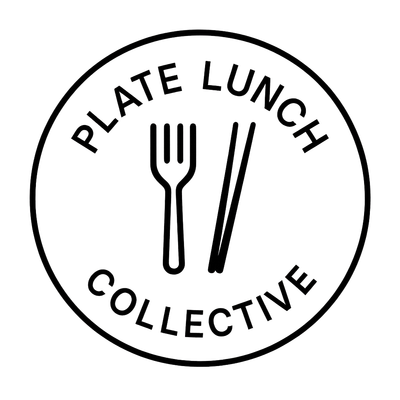

Member discussion